Residents of the Lathrop Homes public housing project ramped up their campaign to save the development on Wednesday, with leaders announcing that talks between a residents’ committee and the Chicago Housing Authority have come to a standstill.
Robert Davidson, president of the Lathrop Homes Local Advisory Council, said the CHA wants to move forward with soliciting developers to revamp the 35-acre site, despite the protests of residents.
“There’s no consensus on that,” Davidson said.
Renters, preservationists and community leaders have been pleading with Mayor Daley and the CHA to preserve the 35-acre Logan Square property since the agency announced plans in 2006 to level it and build a mixed-income development in its place.
It is not an uncommon occurrence. For the past 10 years, the CHA has been renovating and tearing down housing projects and replacing them with mixed-income communities as part of its “Plan for Transformation.”
Since March, Lathrop resident groups and CHA officials have been arguing over how much of the rehabilitated project should be set aside for public housing; residents are pushing for half, while the CHA wants one-third, said Stephanie Villinski, an attorney representing the community council.
The number of units is also a concern, Villinski said, with CHA officials backing plans for 1,200 units, almost 300 more than currently sit on the site.
Scott Shaffer, a former resident and leader of a Lathrop “alumni” organization, said the changes promoted by the CHA would destroy the character of the development, which is located at the intersection of Clybourn Avenue and Diversey Parkway.
“The CHA’s push for 1,200 units would lead to massive demolition at Lathrop,” Shaffer said. “It would take away the playground, the sports fields and green spaces and replace them with parking lots and buildings as tall as eight and nine stories.”
The CHA responded on Wednesday with a written statement saying that no decisions have been made on the number of units or income breakdown in the rehabbed Lathrop Homes, and that there are “no plans to demolish Lathrop.”
The statement provided no timetable for when a decision on the complex would be made.
However, USA Today on Wednesday quoted William Little, CHA’s executive vice president of development, as saying work would begin next year.
Preservationists are also pushing for the development to be preserved and re-used, arguing that its 27 Depression-era brick buildings and open site plan were created by a “dream team” of architects and landscaper designers.
“These historic brick buildings are structurally sound, still, 75 years later. They can easily be reconfigured for larger housing units,” said Jim Peters, president of Landmarks Illinois. In 2007, the state-wide preservation network added Lathrop Homes to its list of the “Ten Most Endangered Historic Places in Illinois.”
Since the CHA announced plans to redevelop the site, the agency has ceased to accept applications for Lathrop apartments and the population at Lathrop has dwindled. Today only about 210 of the development’s 924 units are occupied.
George Baez, 59, recalls sitting on a waiting list for 17 years before he landed a two-bedroom row house for his family in 1987. Today, he says, he and his wife are surrounded by empty homes and boarded windows.
Still, Baez said, Lathrop is his home.
“I feel safe there,” he said at a downtown press conference organized to stir interest in saving Lathrop. “When I wake up, I open my door, and it’s open until I go to sleep. They’re good people there.”












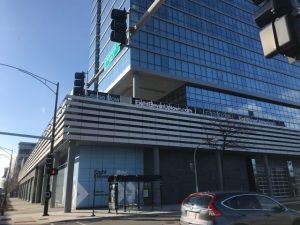
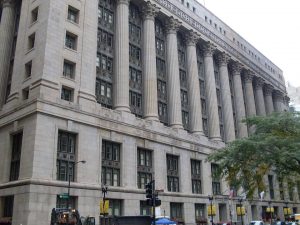
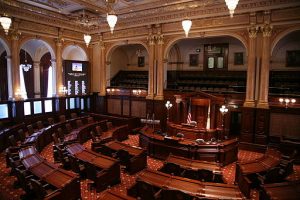




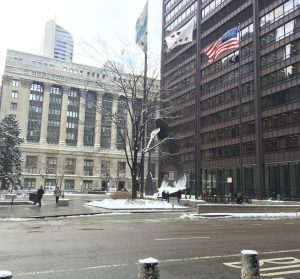
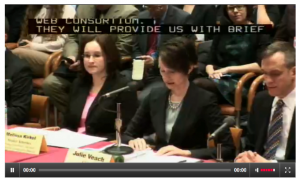
Be First to Comment